
The 7Artisans 50mm f/1.1 is a very cheap super fast 50 mm lens that hit the market in 2017. The price of only $370 makes it very attractive for those who want a super fast lens but have a limited budget, but how well does it perform?
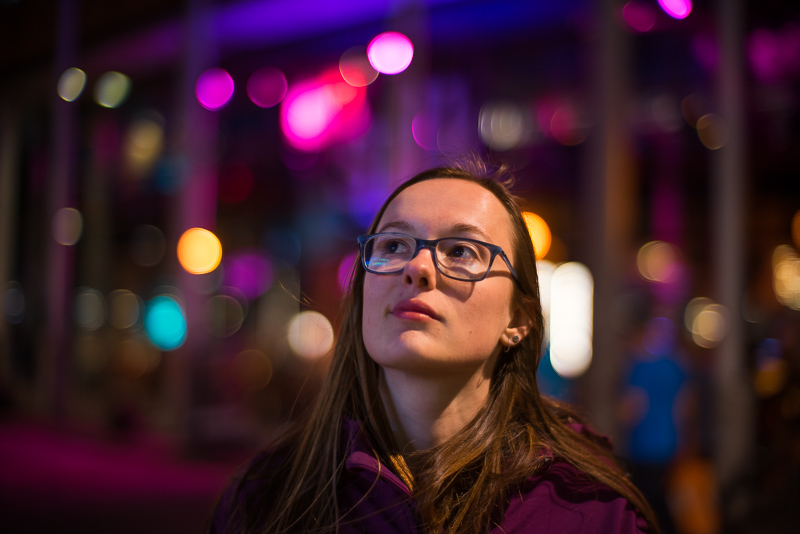
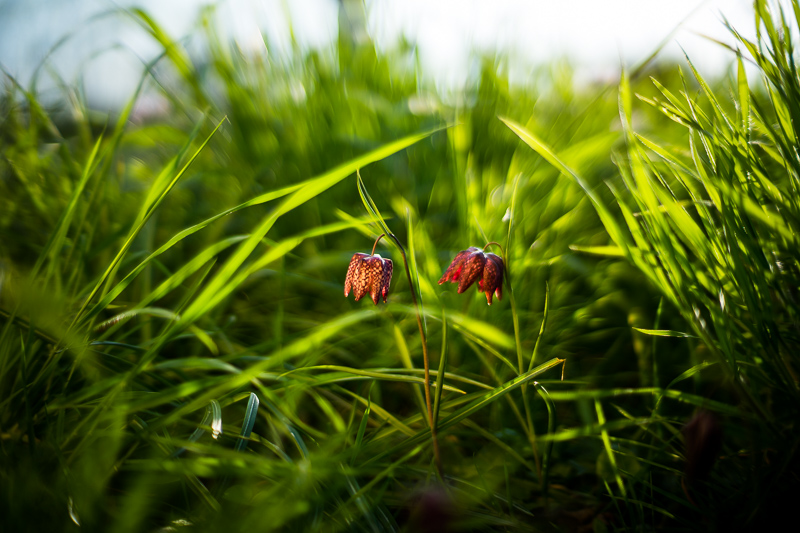
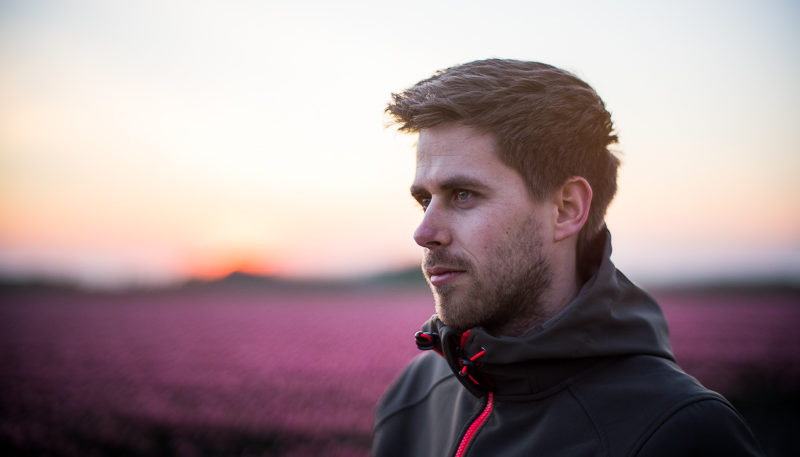
Specifications
| Diameter | 60 mm |
| Length | 49mm (focused at infinity) |
| Filter Thread | 55 mm (metal) |
| Weight | 400 g |
| Close focusing distance | 0.7 m |
| Number of aperture blades | 13 (rounded) |
| Elements/Groups | 7/6 |
You can buy the 7Artisans 50mm f/1.1 for 370$ or 396€ at Amazon.com* | Ebay.com* | Ebay.de* | BHphotovideo.com* |
*Affiliate links, if you decide to buy something via these links I will earn a small commission. This doesn’t cost you any extra and helps us to run the blog 🙂
Disclosure
A review sample of the lens was send to me by 7Artisans to use it for this review. I decided to buy it from them as I really enjoyed using it 🙂
Build quality and handling
The 7Artisans 50mm f/1.1 feels very nice. The lens is made from metal and glass only and feels very dense. With 400 gram I would not call it light but it is much lighter than the competition.
All markings are engraved and filled with paint.
The lens does come with nice metal cap, a hood is absent though.

The focus ring has a very nice resistance and feels great, though the focus throw is very short and only about 45 degrees. This makes focusing precisely more of a challenge. Especially at f/1.1 it is quite hard to nail focus on the eyes. Luckily the resistance of the focus ring is high enough and if one has some patience you can get the focus right.
The aperture ring is click less but feels nice although not as nice as the focus ring. Resistance is high enough to prevent changing the aperture unintentionally.

All in all the lens feels really good, much better than I would have ever expected for its price! The lens is balanced very well on my A7ii and together they are a nice and small package.
As I only have used the lens for a short period now it is hard to tell how durable it is. There are some reports about the focus ring getting loose, but this is supposed be fixed easily by tightening a few screws.
In the box were also included: a self adhesive focus tab and a screw driver+chart to calibrate it when using this lens on a rangefinder camera.
Rick, thank you for helping me out with the sample pictures!
Adapting to Sony E-mount
The 7Artisans comes in Leica M mount, to use it on an a7 series body one needs an Leica M to Sony E adapter. Considering its MFD of 70 cm a close focus adapter like this one would give you more flexibility.
Vignetting
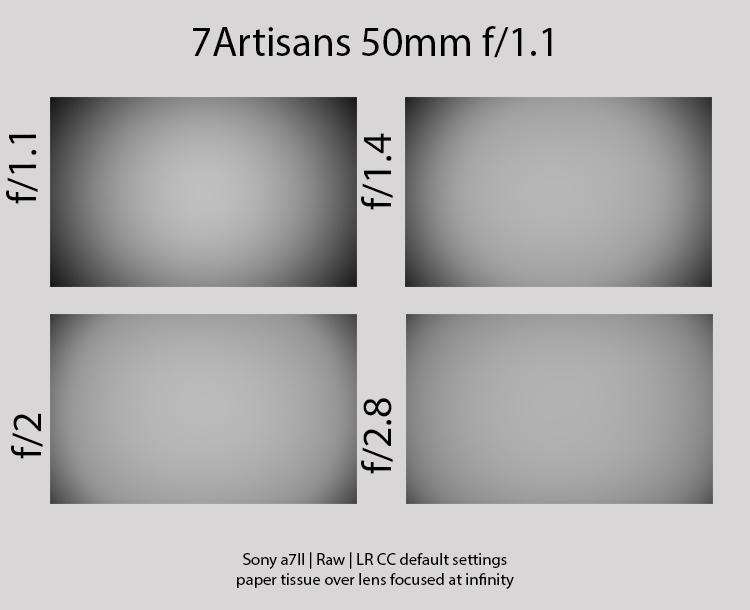
Vignetting wide open focused at infinity is really excessive. At f/1.1 it is a whopping 4.1 stops. Stopping down to f/1.4 reduces vignetting to 3 stops, at f/2 it is 2.5 stops and at f/2.8 still 2 stops.
Near MFD vignetting is much less of a problem though. At 2 m it is 3.1 stops at f/1.1, at MFD (0.7 m) vignetting is 2.5 stops at f/1.1.
Except for vignetting at f/1.1 these a bit worse than the competition but not too bad. Luckily at portrait distances vignetting is quite a bit less. I think these vignetting numbers are a compromise of keeping size down.
Sharpness
Off center sharpness near infinity is simply terrible on the A7II. It takes f/16 and carefully focusing on the midframe to get usable across the frame sharpness. Therefore you will not find an infinity sharpness test like usual.
Between MFD and at half body portrait distance, sharpness is much better. The best sharpness near the corners and edges of the frame can be obtained around 1.1-1.3 m distance when focusing on these areas. Closer to MFD the edges of the frame become worse again.
Below you can find a few tests for resolution at typical portrait distances.
2.3 meters, focused at the subject and refocused for every photo:
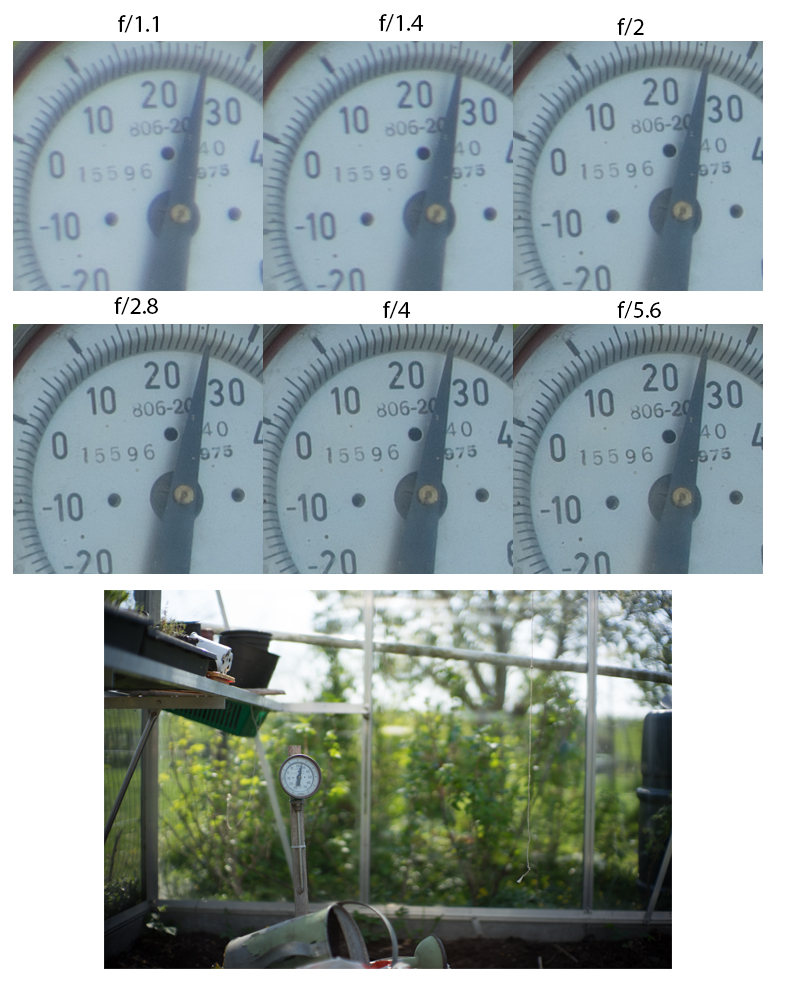
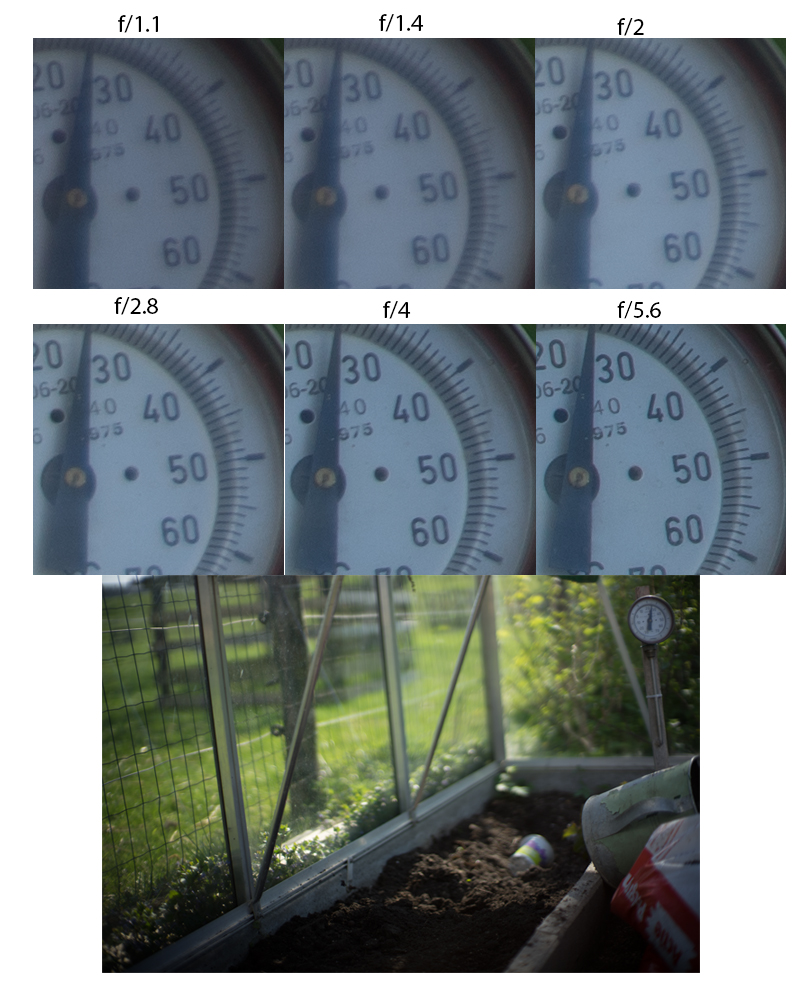
- f/1.1 Resolution in the center actually is quite OK already, contrast is low and there is some glow due to spherical aberration though. The central area of the frame is certainly usable with a little post processing. Near the corner resolution is significantly lower and glow is more apparent, but vignetting is the biggest problem here.
- f/1.4 Near the center contrast gets a boost and a lot of the glow is gone now, resolution improves a little bit to OK levels and the central region is usable. Corners improve by a very small margin.
- f/2 Most glow is gone now in the center and resolution improves quite a lot to almost good levels. Corners improve a little bit.
- f/2.8 The center looks very good now. The corners improve a lot too and are usable now.
- f/4, f/5.6 The center improves steadily to excellent levels at f/5.6 where corners reach very good levels.
1.3 meters, focused at the subject and refocused for every photo. 100% crops of center, midframe and extreme corner.
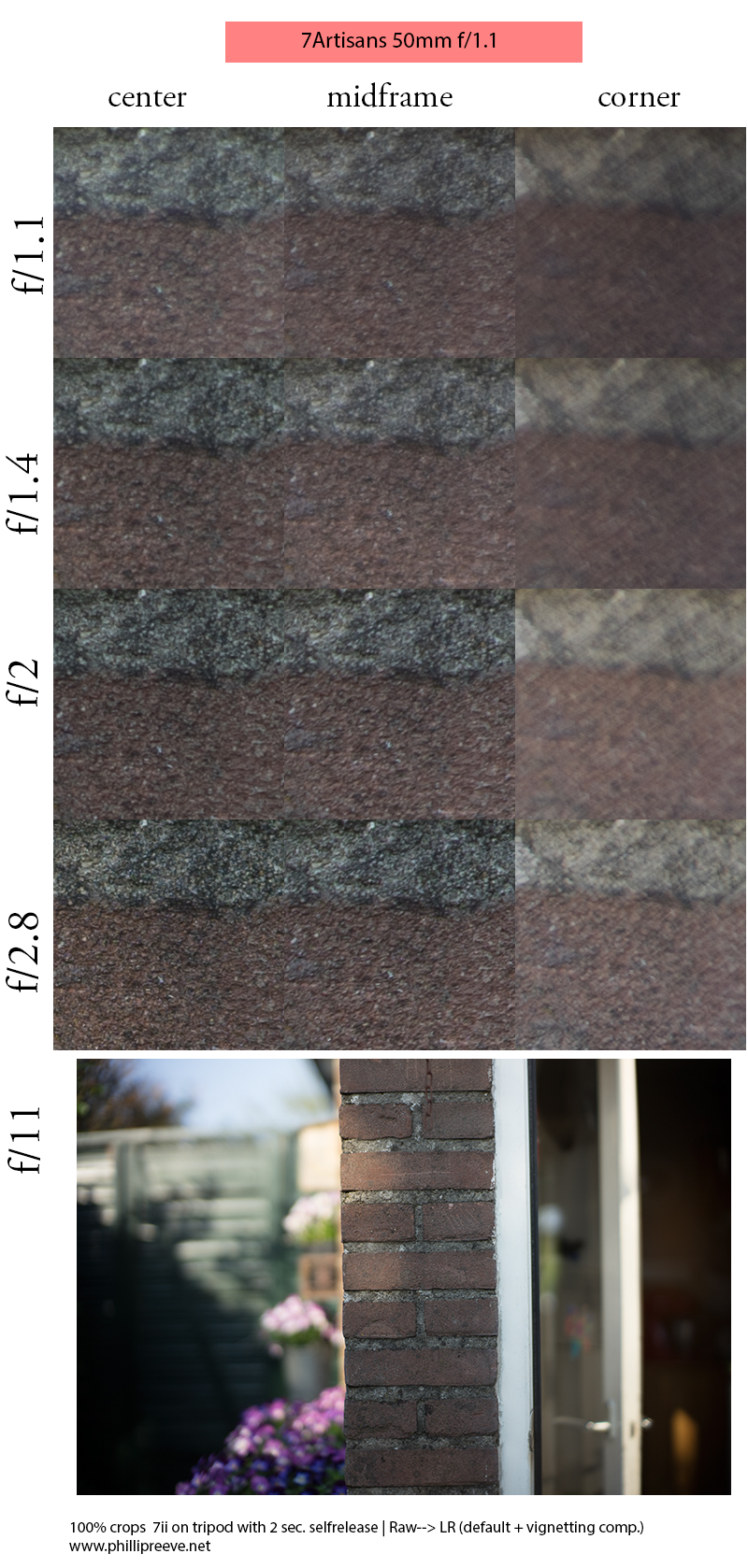
- f/1.1 Center (for the center I missed optimal focus by a hair at f/1.1) and midframe look OK already but contrast is low with significant spherical aberration. The extreme corners look absolutely terrible though.
- f/1.4 Contrast improves and spherical aberration is reduced in the center and midframe. Corners are still useless.
- f/2 Center and midframe resolution increases quite a lot to very good levels. The corners are still very bad.
- f/2.8 Center and midframe resolution increases to excellent levels. Corners improve quite a lot but are still lousy.

Although (extreme) corner sharpness is lousy, sharpness at the edge of the frame is actually quite good as you can see in the crops above.
All in all sharpness is sufficient for portrait applications and MFD work. For full body portraits and infinity work only the very center of the image is usable and if this is what you do often this is not a lens for you.
Bokeh
At f/1.1 bokeh is very busy, personally I don’t like the rendering wide open too much. Luckily from f/1.4 bokeh is very good in my opinion, especially in close up scenarios. Below you find a few comparisons of the bokeh at f/1.1 (Before) and f/1.4 (After).
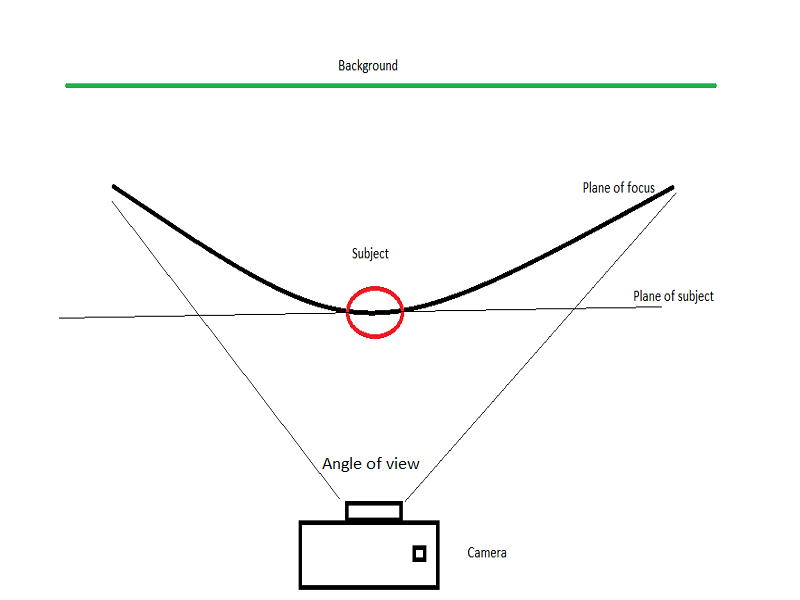
At longer distances things look a bit worse. In the center bokeh still looks very good from f/1.4 on, but towards the edges bokeh is quite busy. This is the result of field curvature, the focal plane of the corners is bend outwards so the distance between the focal plain and the background is larger in the center than in the corners. This is possibly the effect of the thick Sony filter stack, at Leica bodies this problem might be absent or at least much less prominent. A PCX filter might help to reduce field curvature, but I did not test this myself yet.
See the example below to see how field curvature affects the bokeh at longer distances.
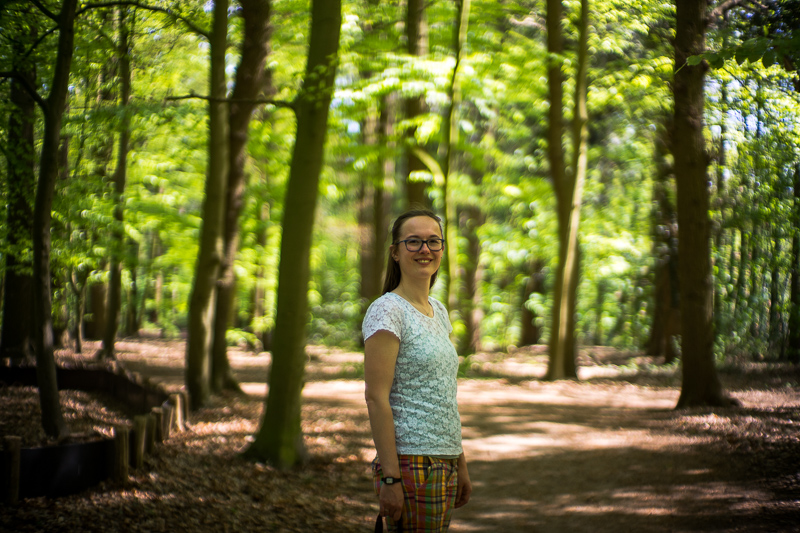
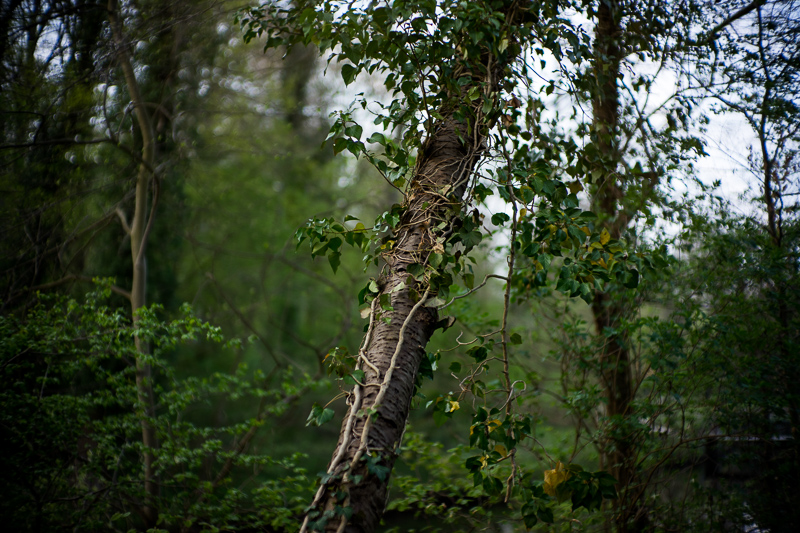
Foreground bokeh is not up to my taste, subjects look unsharp but keep their shape.
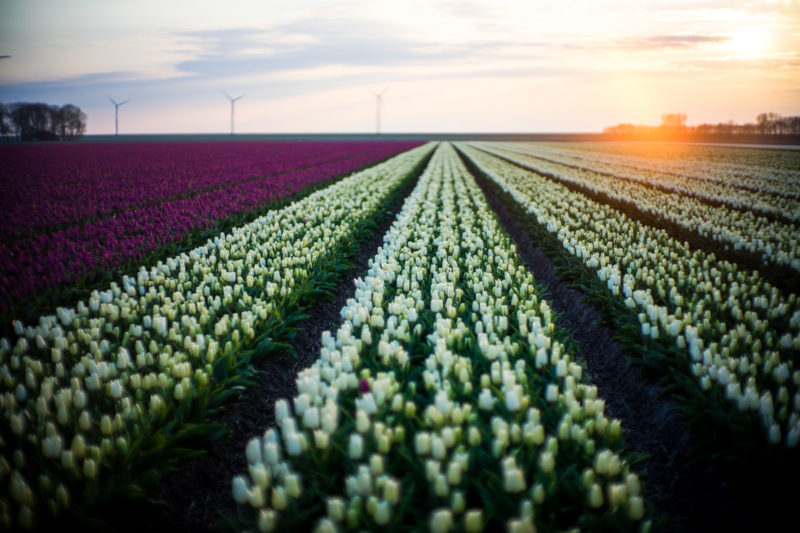
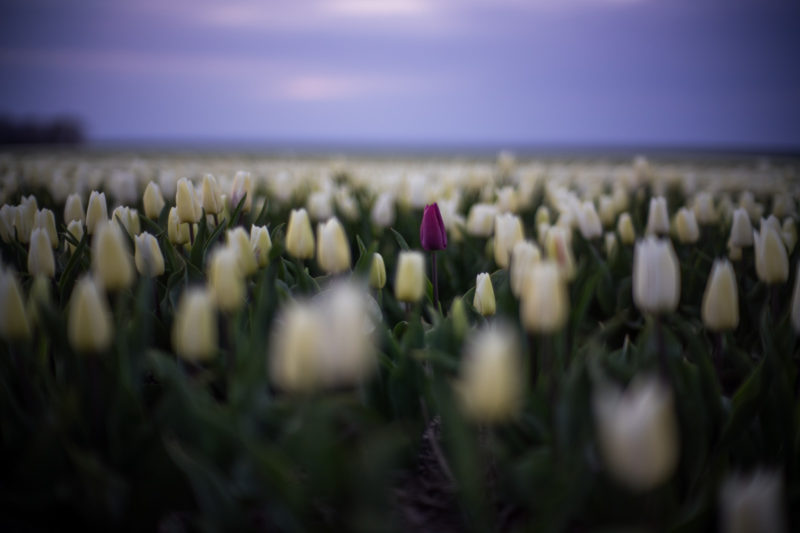
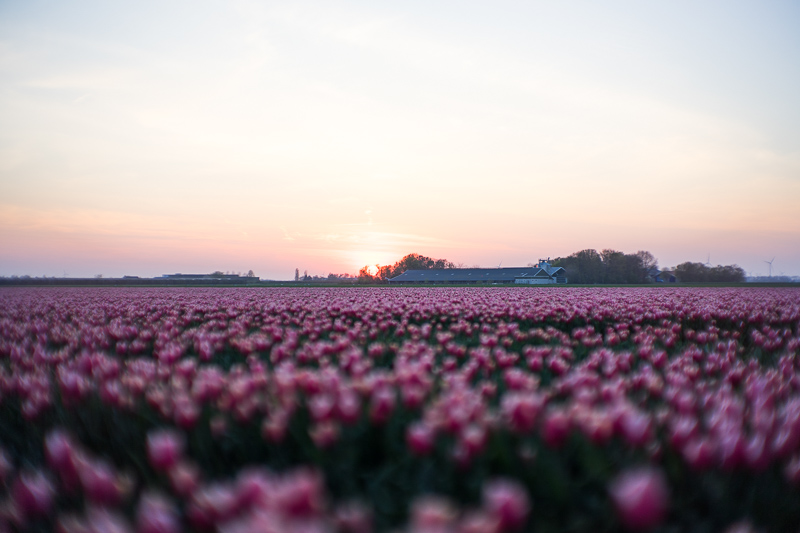
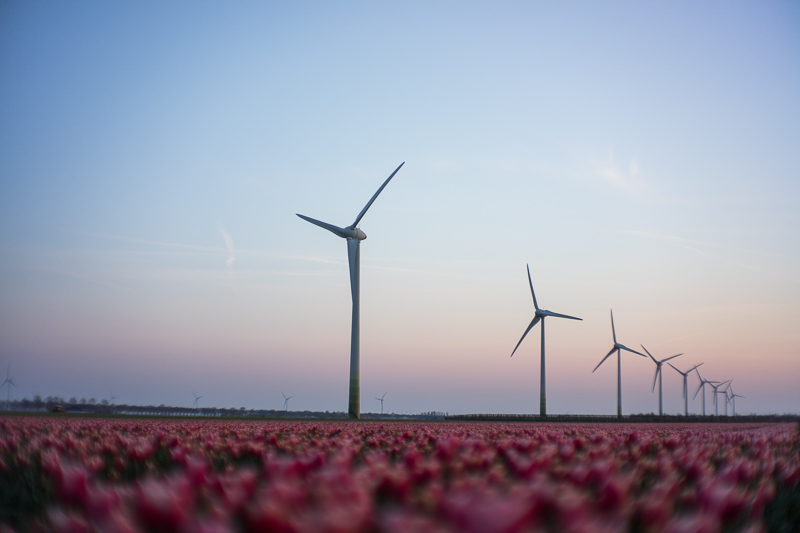
For most of the typical applications this rarely matters though:
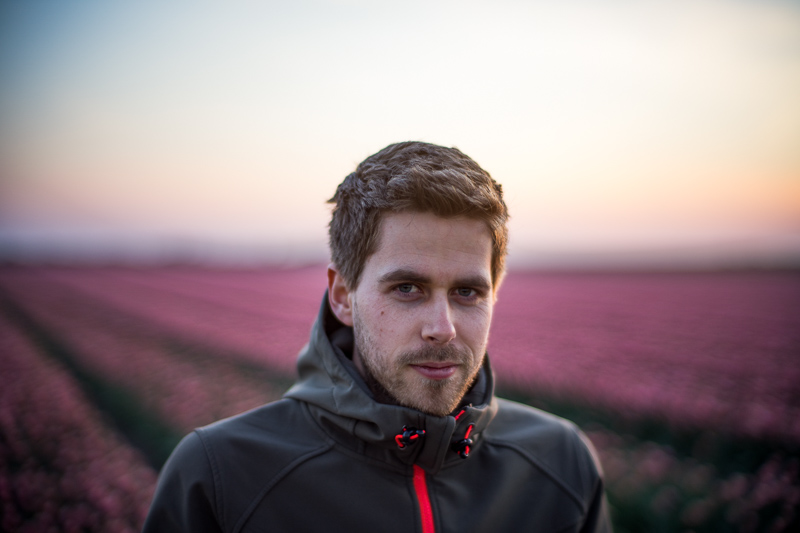
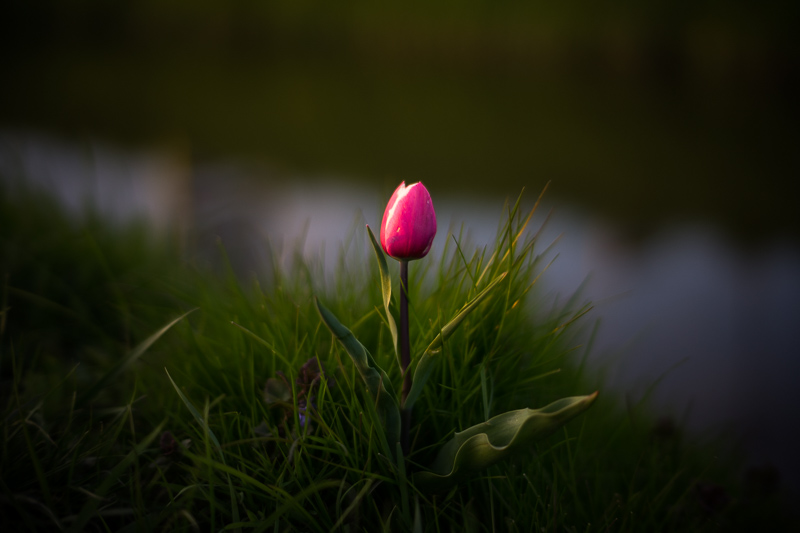
Flare resistance
At f/1.1 flare resistance is really terrible, you easily catch rainbow artifacts and large orange flares. Contrast can be lowered significantly as well with a light source in the frame. Stopping down to f/1.4 however makes a huge difference: the rainbow artifacts are gone now and the red flare is usually less pronounced.
Before=f/1.1, After=f/1.4
Still, with the sun in certain positions you will often catch an orange flare in the corners as you can see below. A hood would not make a big difference I think. And since the sun just outside the frame usually is not much of a problem, the absence of a lens hood is not that big of a deal.
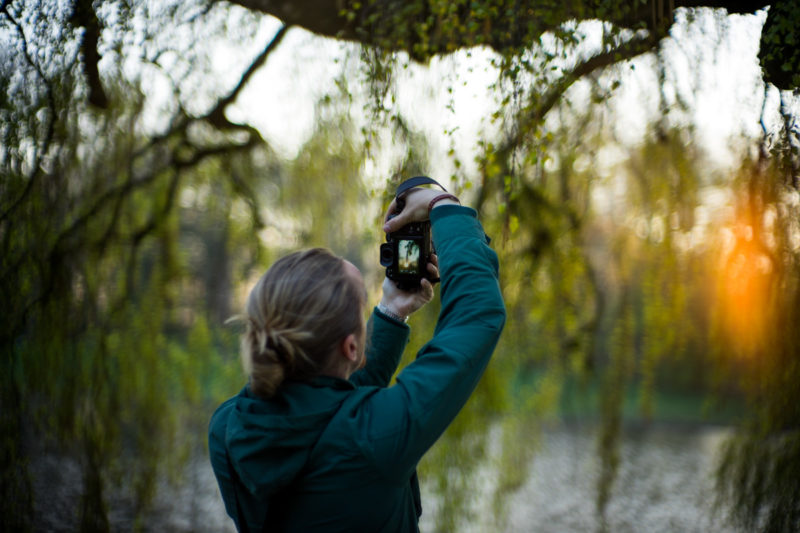
However with the light source in the center of the frame or close to it you will not see any flares.
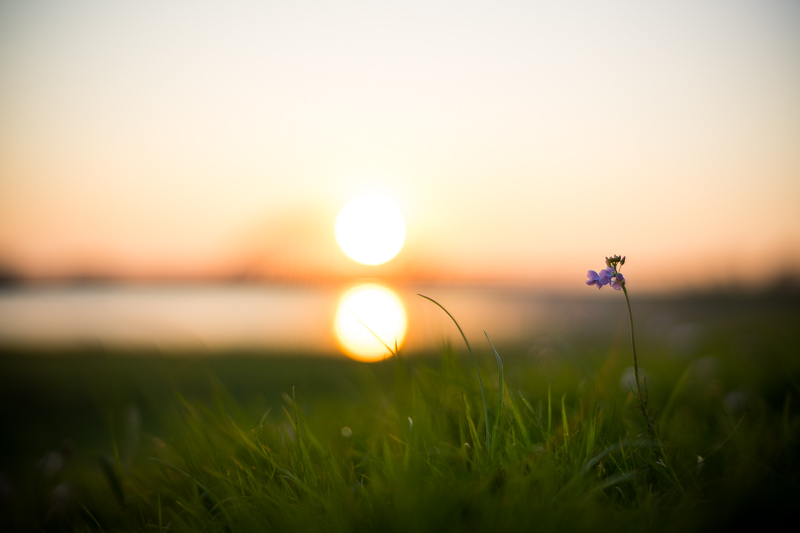
All in all I think flare resistance is average, the orange flare pops up more often then I would like. Still flare resistance is much better than most vintage fifties.
CA and Coma
 At f/1.1 LoCA is very pronounced and hard to correct. Luckily at f/1.4 LoCa is reduced a lot already. LaCA is present but not very obtrusive.
At f/1.1 LoCA is very pronounced and hard to correct. Luckily at f/1.4 LoCa is reduced a lot already. LaCA is present but not very obtrusive.
Coma correction is really, really bad. Even at f/16 I still was able to spot some traces of it. Luckily coma ins’t much of a problem for most applications you will use this lens for.
Alternatives
Leica Noctilux lenses
These are ridiculously expensive and much larger and heavier. Image quality is much better though.
ZHONG YI MITAKON 50MM 0.95 DARK KNIGHT
Almost twice as heavy and over two times as expensive but also even faster. The optical performance of the Mitakon is much better and bokeh is good from wide open. If thin depth of field photography is your thing, and you have the budget I would get this one over the 7Artisans 50/1.1.
CARL ZEISS C-SONNAR T* 50MM F1.5 ZM
If the classic Sonnar rendering is what you are looking for but you want to combine it with better sharpness and contrast you might want to have a look at this one. The Sonnar is even smaller and much lighter, sharpness and flare resistance are much better.
JUPITER-3 50MM 1.5
Another small Sonnar design, the Jupiter is much lighter and smaller then the 7Artisans 50/1.1 and cheaper as well. Bokeh rendering of the Jupiter at f/1.5 and f/2 is quite comparable with the rendering of the 7A at f/1.1 and f/1.4.
(D)SLR 50-58mm f/1.2 lenses
These are all much bigger, heavier and usually not cheaper. These lenses are also more versatile with much, much better stopped down across the frame sharpness (near infinity). Bokeh is often quite harsh and not as nice as the 50/1.1 is from f/1.4.
Conclusion
| Good | Average | Not good |
|
|
|
The 7Artisans 50mm f/1.1 certainly is an interesting lens, it delivers a very fast aperture in a small package for only 369$/396€.
As expected, from an technical point of view this lens isn’t very good. Off center sharpness at longer distances is shitty, sharpness in general is average at best and flare resistance and field curvature can be problematic. Nevertheless I really enjoy using this lens and if you work around its flaws it can deliver nice images with a special character. Sharpness is certainly sufficient for most portrait applications, also for near-MFD work the lens delivers.
An important thing I like a lot is that the rendering changes from a classic rendering with very busy bokeh and loads of lens flare at f/1.1, to smooth bokeh with limited flare at already f/1.4. It’s both a good portrait lens and a classic portrait lens in one package.
I absolutely love the lens for taking pictures of details in nature like flowers, its rendering and the thin depth of field help a lot with creating unique images. Also for portraiture it is much fun to use and it delivers good results.
So who’s this lens for? If you like the Sonnar rendering and/or very thin depth of field but you cannot justify the more expensive alternatives, this might be the lens for you. For the money you cannot expect a perfect lens, but this lens delivers more than you would expect for the price I think. If you want to experiment with more creative photography and play with different renderings and thin depth of field, try this one. For its price it is a lot of fun to have and with some patience it will deliver very good images.
Most pictures in this review can be found in high resolution in this Flickr album.
You can buy the 7Artisans 50mm f/1.1 for 369$ or 396€ at Amazon.com* | Ebay.com* | Ebay.de* | BHphotovideo.com* | *Affiliate link
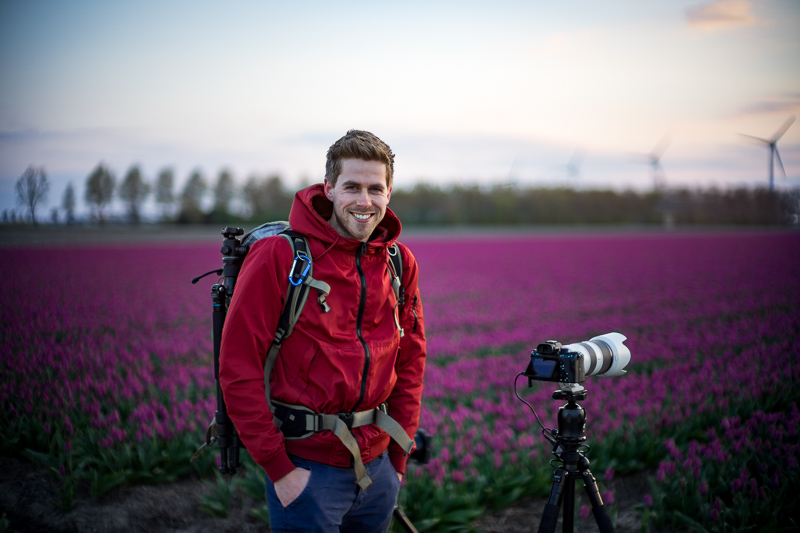
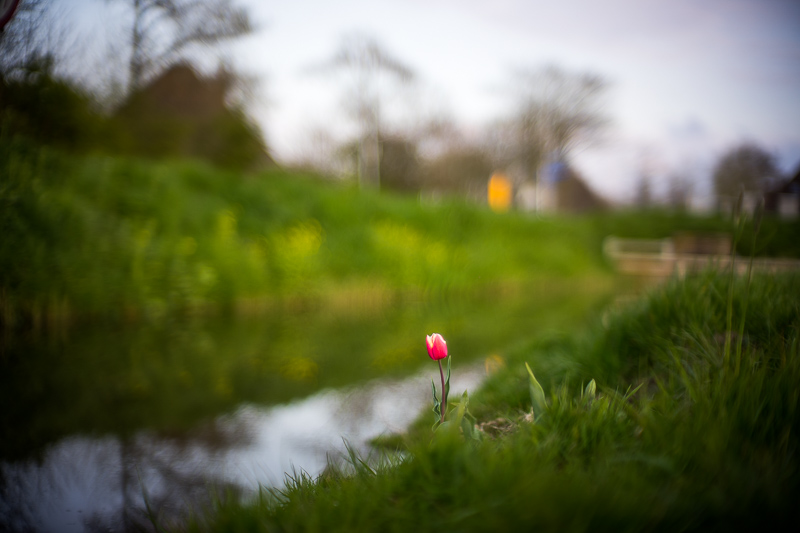
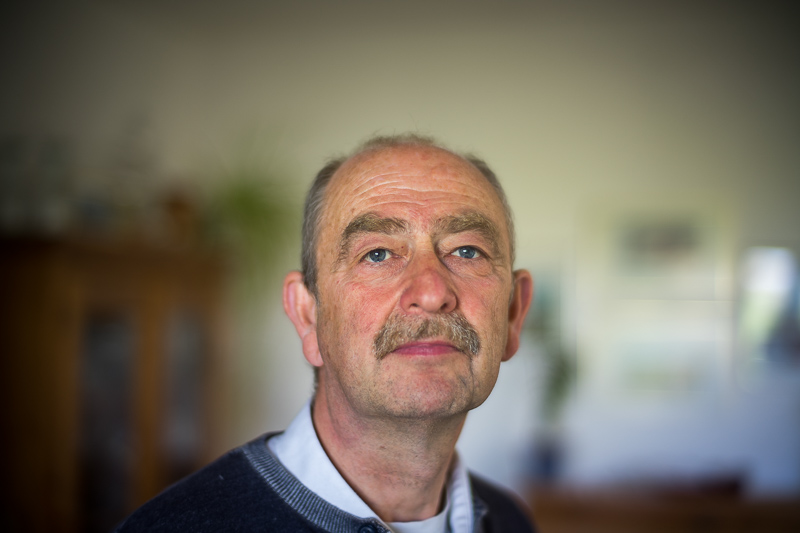
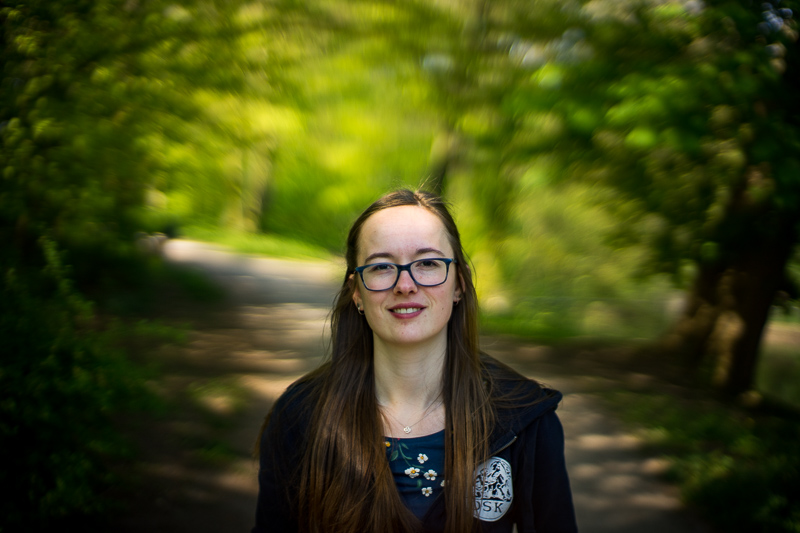
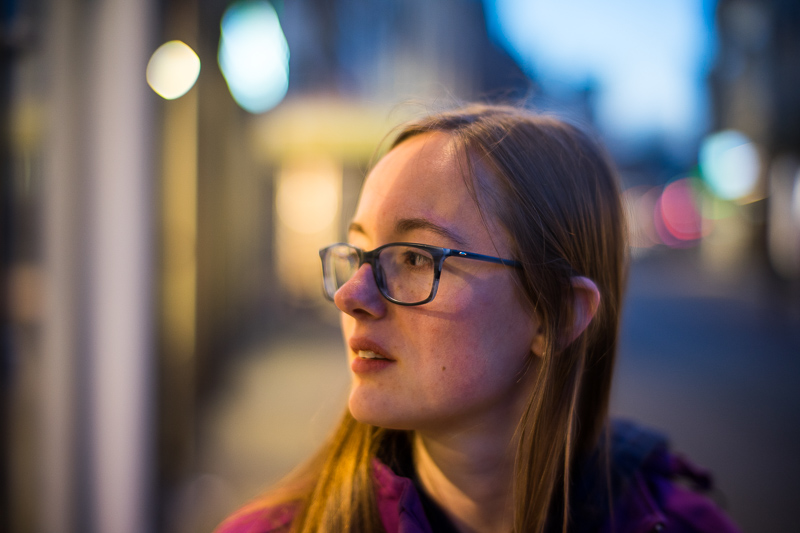
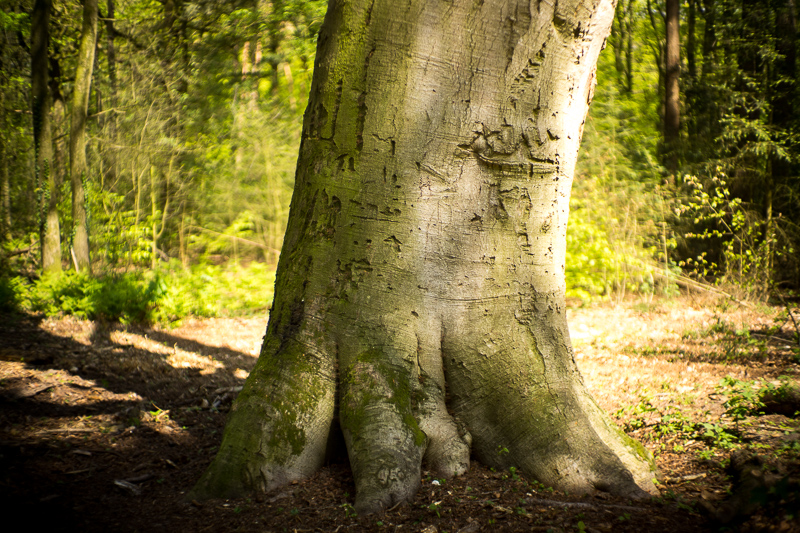
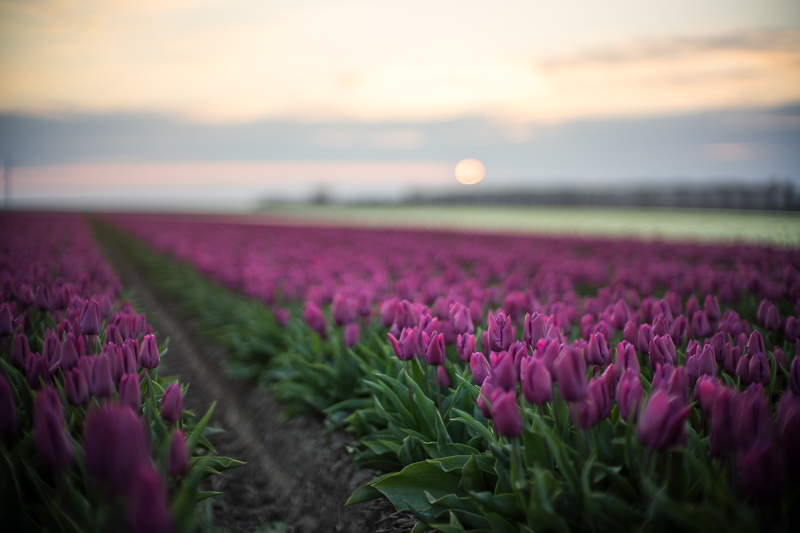
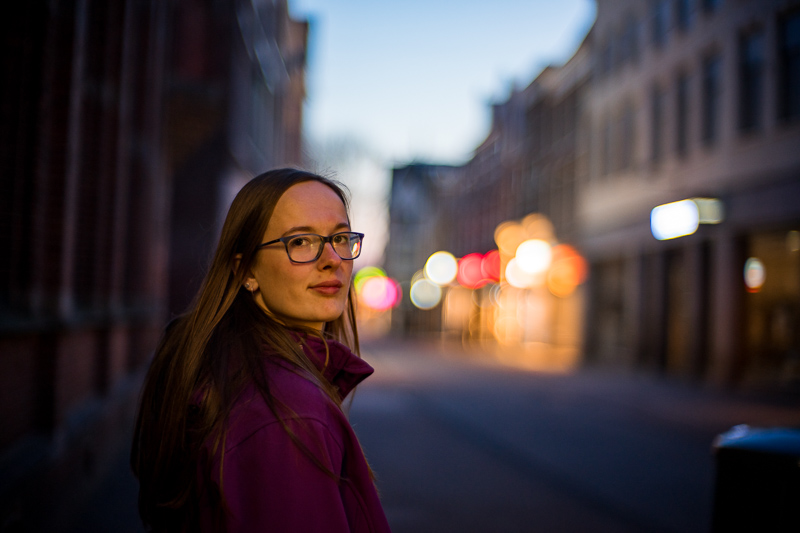
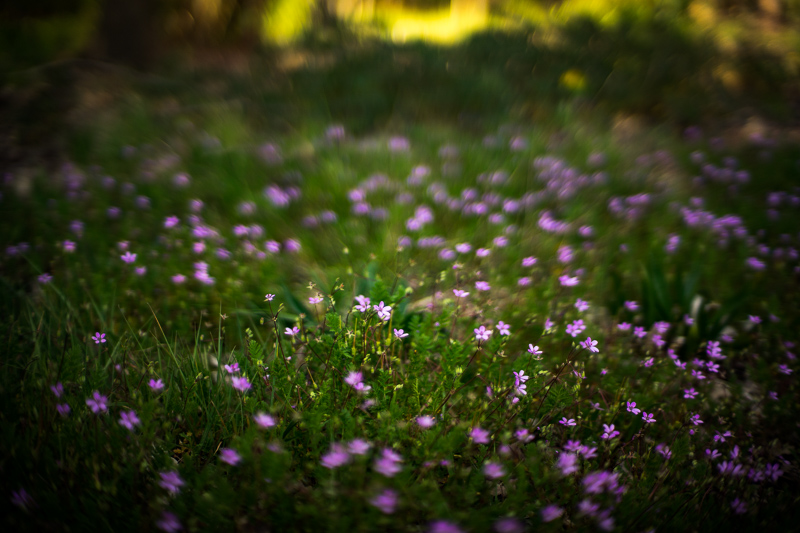
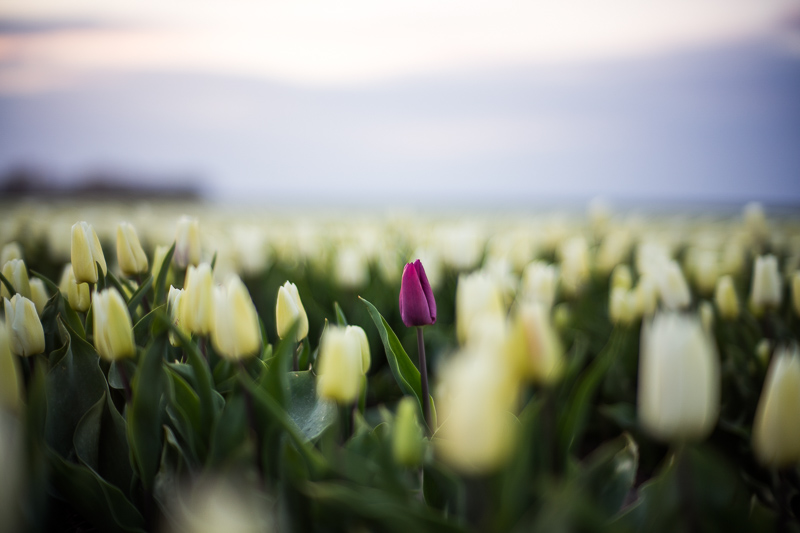
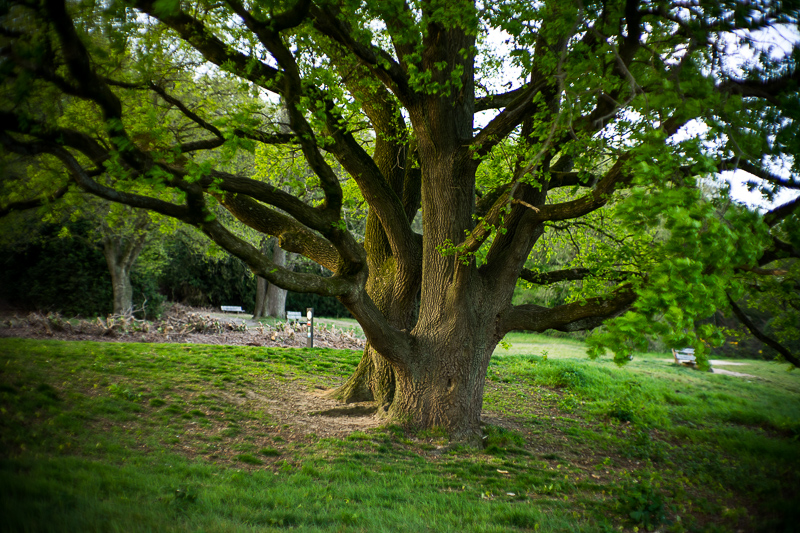
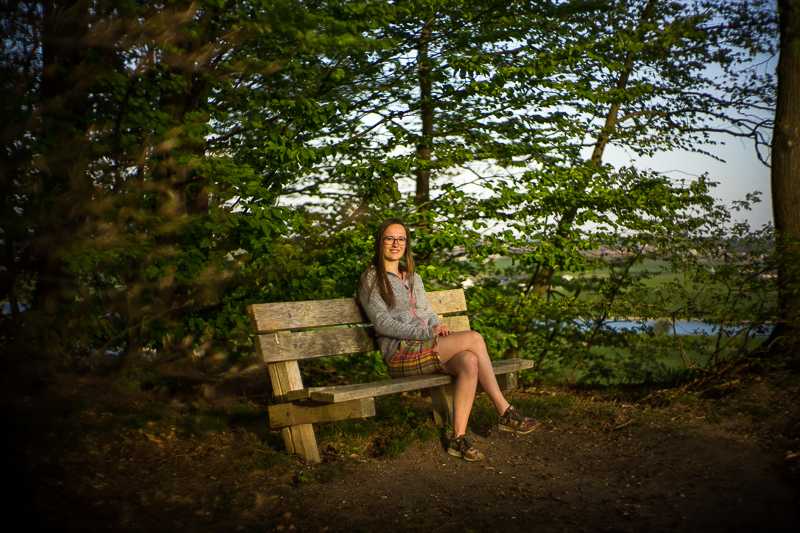
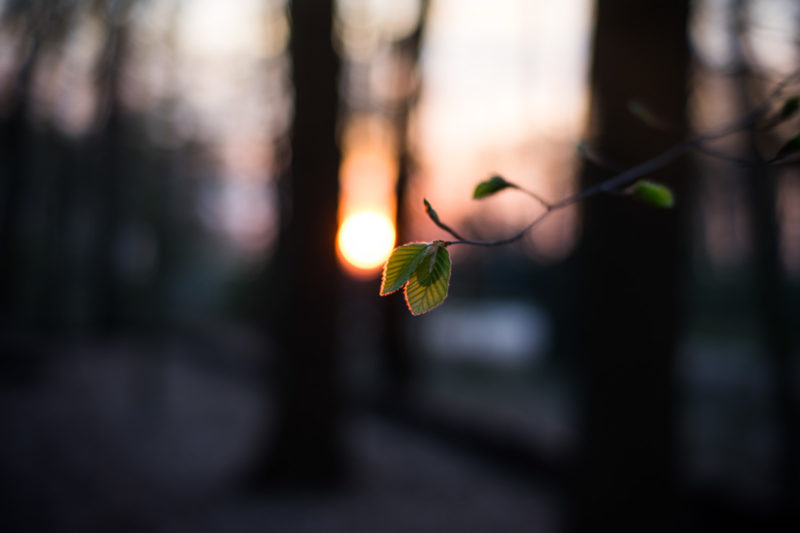
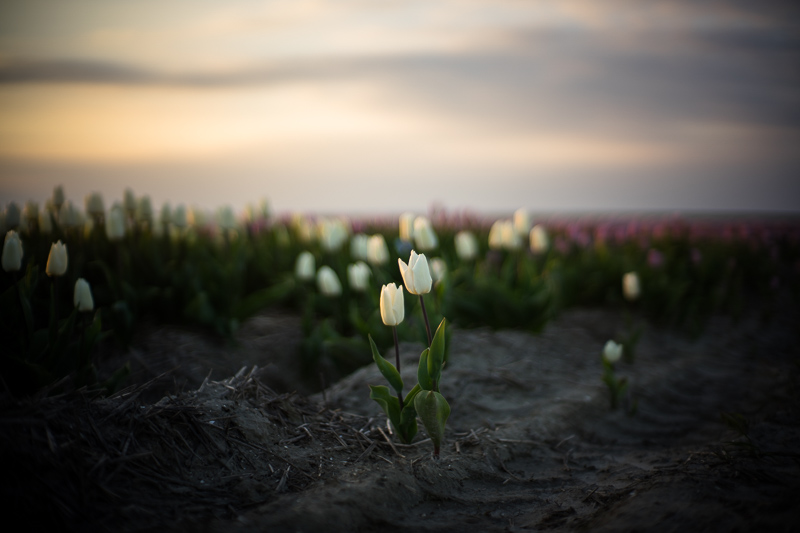

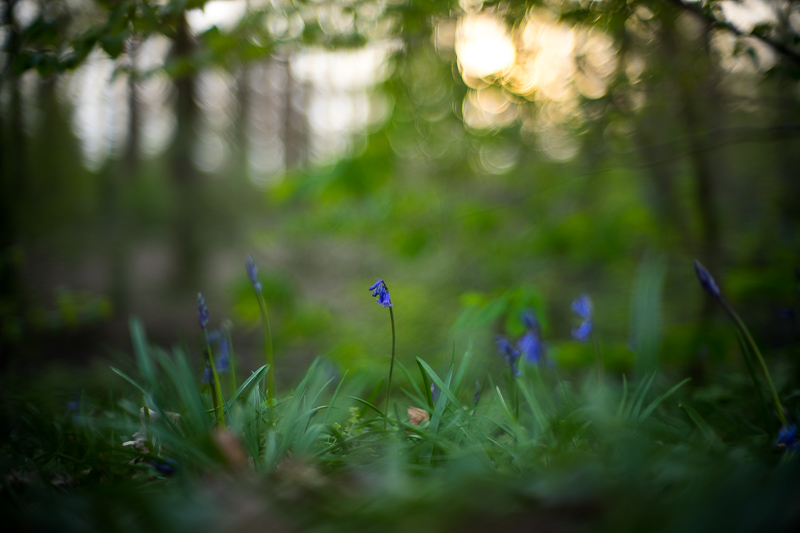
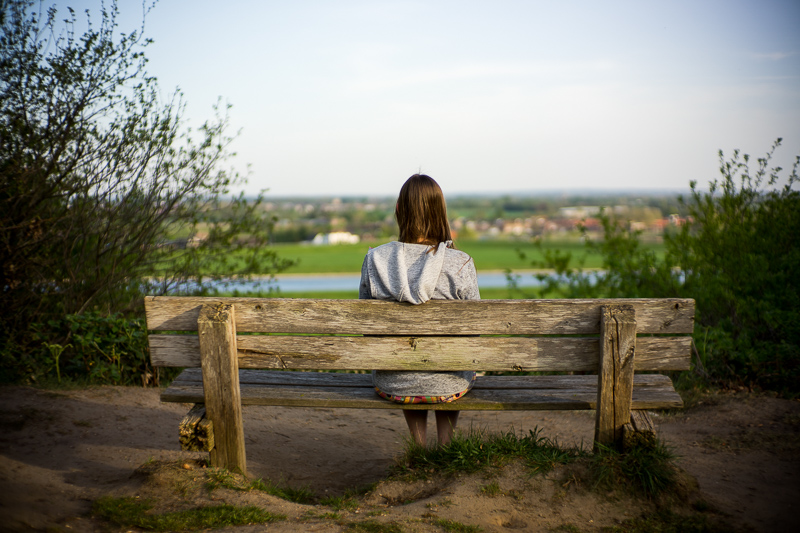
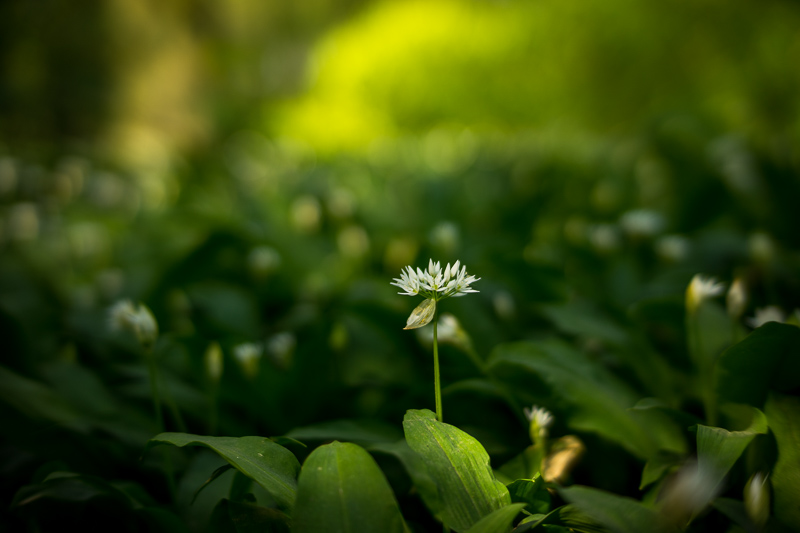
Other articles
- ZHONG YI MITAKON 50MM 0.95 DARK KNIGHT
- Minolta MC Rokkor 1.2/58
- 7ARTISANS 28MM 1.4 FE-PLUS
- Pentacon auto 50 mm f/1.8 Multi Coating
- VOIGTLANDER 35MM 1.4 NOKTON E CLASSIC
- NIKON NIKKOR 35MM F/2.8
This site contains affiliate links. If you make a purchase using any of the links marked as affiliate links, I may receive a small commission at no additional cost to you. This helps support the creation of future content.
JuriaanM
Latest posts by JuriaanM (see all)
- Review: Sigma 85mm f/1.4 DG DN Art - January 8, 2022
- A beginners guide to landscape astro photography - March 11, 2021
- Canon newFD 50mm f/1.8: A review - January 4, 2021







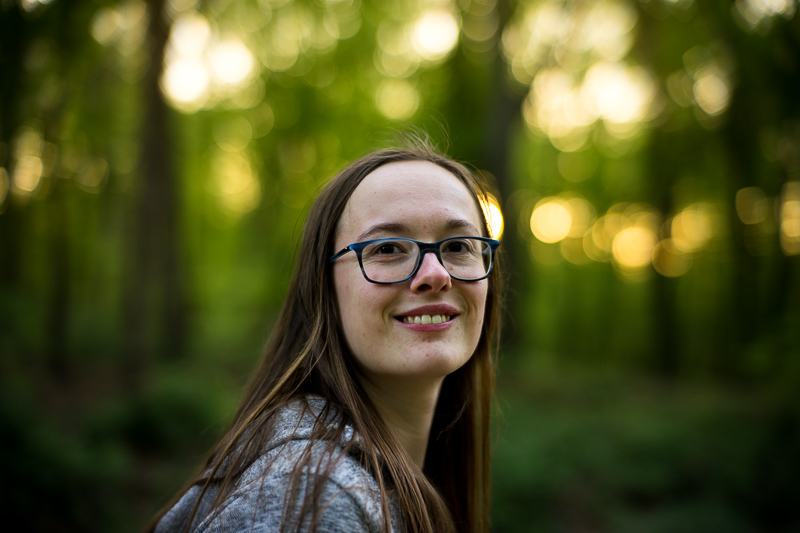

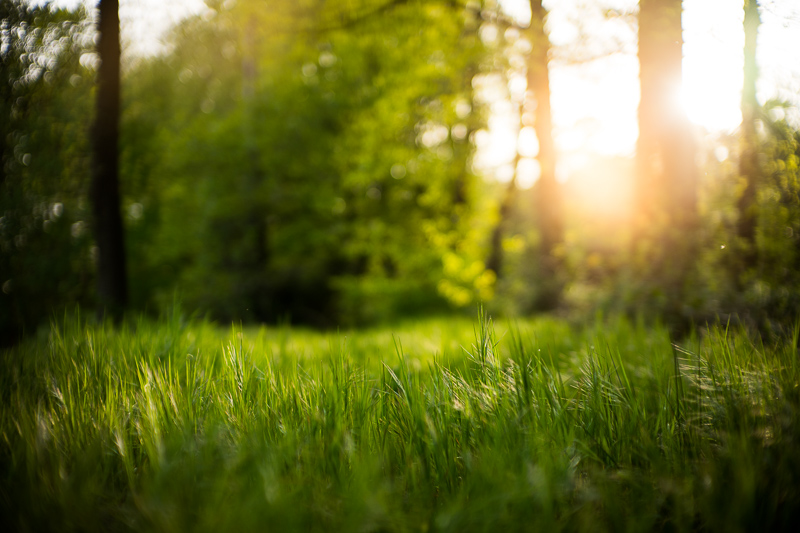






Nice review. I am not sure it makes sense to “measure” a lens like this, though you point that out.
I think it would be very interesting to compare it to Zeiss Sonnar C 1.5/50 ZM and the new Jupiter 3+ to note just what a bargain this lens is. The f/1.1 max aperture is more like a bonus overdrive mode.
Thank you! I (unfortunately) don’t have any of those lenses so making a comparison is not possible for me. However I think if you have a tight budget and like this sort of rendering, it is a good option for a more than fair price 🙂
Juriaan, an updated comparison section states that C Sonnar is much sharper. Is this based on actual testing?
Hi Adolfo, David reviewed in on the blog here: https://phillipreeve.net/blog/carl-zeiss-c-sonnar-t-50mm-f1-5-zm-a-detailed-review/
Off center sharpness seems to be much better especially at longer distances. In the center I think it is a bit better too but as I didn’t compare them directly this is hard to tell.
Thank you Juriaan!
But not so much of a bargain compared to normal J3 🙂 After shooting the 7A for a while I were really surprised than did side-by side test with my J3: the difference is mainly in contrast, the sharpness is a mixed bag with 7A leading in the centre and J3 elsewhere…
I find close the lens very slightly to between 1.2 and 1.3 will dramatically improve sharpness and decrease undesirable busyness of brokeh. The lens has a classic rendering and works particularly well with old school filter packs like VSCO.
That’s true! I found that from f/1.4 busyness and flare were decreased in such extend it really makes a difference, although differences are visible well at f/1.2 and 1.3.
I’m still thinking about the monstrous Zenitar E 50/0.95. But I’m afraid this is a kind of lens which makes the entire image unsharp to a more or less degree. Not forgetting about its weight…
Sample pictures I have seen so far from the Zenitar do not look like it is sharper or better rendering that the old Mitakon 50 0.95 II. In Germany you can grab Mark II used for 550-600€ which is still cheaper than a new 770€ Zenitar.
I tried several times to get a review sample of this lens, but it seems to be rather impossible.
And having experience with Russian parcel services I would rather not order from them directly…
Does it need an adapter? i clicked the ebay link and i dont see any e mount
And amazon*
Yes you will need a Leica M-Nex adapter. I will add it to the review tonight 🙂
Great review as I am currently looking at a 50mm for portraits. The bokeh rendering wide open is not to my style but f1.4 it improves a lot. I hope you guys review more Samyang/Rokinon lenses as a 45mm 1.8 is supposedly coming.
Hi, nice review! Any idea on how this will compare with the Voigtlaender 50mm f1.2? it looks to be in the same segment of focal lengths and both are fast and modern… Regards and thanks in advance
In terms of contrast and resolution the Voigtländer is worlds ahead. If budget is no problem I think the Voigtländer is a much more versatile option. However if you already have a good fifty for (stopped down) landscape work e.g. and you want one for portraiture without breaking your bank I would certainly consider the 7Artisans 1.1/50!
I have had the 7Artisans 50mm f/1.1 for about half a year and this review mirrors my own findings almost completely (using Sony A7II).
In terms of sharpness, I consider it a special purpose lens because it is completely useless at longer distances (perhaps except @ f/8 to f/16) while being good between 1 and 1.5 meters and usable between 0.7 and 1m. At f/1.1 it is usable, at about f/1.2 spherical aberration is noticeably reduced and by f/2 it’s properly sharp in the central area (with focus between 1 and 1.5m). Comparing to the Voigtländer Nokton 50mm f/1.5 VM, the 7Artisans falls far behind. Regrading sharpness in the central area, the Nokton is impressive while the 7Artisans is mediocre at best (both shot at f/1.5).
Bokeh seems to improve at short focus distances (partly but not only because background is more out of focus). As stated in the review, stopping down improves bokeh too. Background is also much more blurred at f/1.5 with the 7Artisans than the Nokton, so if shallow depth of field and blurred background is important the 7Artisans wins easily even at the same f-stop.
Regarding field curvature, I have tested for this several times with my lens and honestly, I haven’t seen it – perhaps except at the very extreme corner and only slightly. (Either way it doesn’t matter much since the lens is fuzzy in the corners under any condition.) I have tested against Voigtländer Nokton 50mm f/1.5 VM and the 7Artisans is definitely not showing field curvature in that comparison while it is easily demonstrated with the Voigtländer.
Interesting finding regarding the field curvature! I found a lot of field curvature and tested repeatedly ad several distances.
How does the bokeh compare half body portraits with you sample, is blur also significantly less towards the corners?
Blur is excellent towards the sides and corners – at least much, much better than on the Voigtländer Nokton 50mm f/1.5 VM. As mentioned, there may be a slight field curvature, but it is so weak that you have to look very carefully to find it.
If you go to the 7Artisans group on Facebook you can see my test photos uploaded there (in a folder April 26 2019). Field curvature in the Nokton is obvious in that test, but invisible in the 7Artisans.
Tonight I did several new tests with the specific purpose to reveal any field curvature in the transition zone (unsharp but not completely blurred) with a focus distance around 2 meter and studying the background. When the setup is right, I do see reverse field curvature in the corners and it is also visible in extreme borders, but only just. However, in most cases I don’t see it even if I look for it.
Now, if I had a native 50mm f/1.4 lens with field curvature going the usual way (towards camera in the corners) then the 7Artisans would of course disclose a reverse field curvature by comparison – but I expect this would mostly only be discovered when looking at identical scenes shot with the two lenses side by side.
It is more pronounced at longer distances, at 4-5 meter with a flat background at some distance you will be able to spot it. Another way is doing a test at infinity. At my samples the corners are in focus way before the center is. At distances <2 m with the background nearby it is very hard to evaluate the field curvature as the effects are not very pronounced in such settings with this lens (contrary to the Voigtländer you tested). In close up scenarios I did not found much problems either 🙂
@ Juriaan (there is no reply button on your last answer to me on April 28)
I have re-checked once again with focus on a landscape at infinity and then focus bracketing ten times from infinity to 1 meter. In this setup, I can see field curvature clearly when focus is set between 2 and 5 meters, being pronounced with focus at 3 meters.
However, since sharpness outside the center drops sharply at focus distances longer than 1,5 meter, I never have the issue in practical use.
I have this lens, I really love small size and weight compared to mitakon for example (also have it). Another very important factor 13 aperture blades. Which is extremely important for a fast lens. With les blades, you will notice hexagonal shaped bokeh even at 1,4f.. But with this you can stop it down quite a lot before shaped bokeh starts to hit. That is one of the reasons why at 1,4f and even at 2f the bokeh still looks pretty good. There is only a handful of lenses ~1,2f or faster out there with more then 10 aperture blades and all of those cost at least 3 times more than this one.
This lens is a keeper, because of the character that it has. 1,1f is complete different world compared to 1,4f I like it a lot, that you can have 2 different looks in one fixed focal lens. Mitakon for example doesnt offer much difference thats why I dont really like it that much, you do have that 0,95f which sounds amazing on paper, but only that it does not produce unique images, does not have the soul..
Another interesting thing about this lens is the fact that it is based on Zunow 50mm 1,1f lens which is really rare lens, there are some going for ~10k $ these days.
I bought this lens out of curiosity, but decided not to sell it even if I also have J3 (and a decent one). But only because I also shoot film with both. The two are quite different in rendering, particularly contrast and bokeh (J3 is less contrasty, especially when there’s any amount of stray light). In the centre the sharpness wide open is comparable with 7artisans maybe a bit in front, but J3 is shaper in outer areas, and shows less of this crazy funkiness in bokeh in the corners. It also sharpens-up faster throughout the frame, so is quite usable for landscape type of shots from f8 or so if needed. On Sony J3 has disadvantage in color rendering, contrast, and sensor reflections are just so easy to provoke! (I have original A7). It also is like half a stop slower at 1.5 vs 1.4, but
is lighter, and bokeh is way better in my opinion. I would probably keep J3 and not 7artisans if shot only on digital.
However. I really adore the 7artisans lens on BW film!
The bokeh funkiness is gone, and the rendering is just really nice! It also has less focus shift on Leica (I re-adjusted J3 to leica flange, but it is still not perfect) See some more thoughts of me on the topic here:
https://www.35mmc.com/23/12/2018/5-frames-from-the-first-roll-with-leica-m4-p-7artisans-50-1-1-and-delta-100/
Thank you for sharing your experience 🙂
This is one of the reasons I continue to shoot Nikon D series lenses. At first, I found myself selling off these cheaper lenses for their technical weaknesses. When they hit though, they often produce a particular look that I like. I use my D series lenses even more than Nikon’s G 1.8 series.
I think you have to train yourself for the inevitable disappointment. Some pictures will be washed out, sometimes the spherical abberations will be far to much to make the image worthwhile, but when the light and subject work out it’s creative perfection.
Hi Juriaan,
Thank you for your review. There is one very unic thing about this lens not memtioned above: autofocus. It is one of the reasons which keep me from selling Sony gear …. It works great even with face detection with Techart adapter (af for M mount to Sony). Indeed not on full area, mostly in middle and around but still….
All the best,
Hello
Thank you for your interesting report – I really liked it.
Meanwhile, I have a 7A 50 1.1 by myself, but in the L-mount version to connect it to the Leica SL and I really like the results, the bokeh and the colors.
Yes, it’s not as sharp as I would normally expect from such a lens. But it rewards with a sensational look. Also, exact focus is very important at open aperture. Then it is not that fuzzy, as always claimed.
But there is one question I still have: I’m still looking for a good lens hood that does not vignett and yet works. Any suggestions? My search on the WEB did not find anything reasonable.
All the best,
I´m sorry:
it is not a L-mount version – it is a M-mount version with a L-mount modifikation.
Otherwise it would not work on Leica SL, TL, CL etc.
All the best
FYI for anyone who has read this far, it is $269 at Amazon right now (9-24-19).
Nice review. I bought this lens for my A7ii. I use it with the Fotodiox Pronto adapter to get autofocus. It’s a great combination. It’s not sharp compared to other 50mm lenses I have, but with f/1.1, it’s quite fun to use.
I don’t know whether 7Artisans contacted you or not, but I saw your shot on their promo page without credit: https://www.7artisans.com/en/h-col-152.html
I was pretty tempted to jump on one of these, but TTArtisan just told me on Facebook that the 50mm 0,95 will go on sale before July, so I’ll keep waiting and scratching my superfast itch with the 75/1.25 in the meantime 🙂
The Sonnar design origin is questionable in my opinion. The optical flaws not much related to Sonnar flaws either. I found other optical designs that show more resemblance:
https://www.dpreview.com/forums/post/63619952
http://www.oldlens.com/ektar%2052mm.html
I want to add some information I have found with respect to the use of a Lens Hood on this lens. There is none supplied nor offered with the lens. being a big believer in hoods, I bought 1 55mm lens hood, generic, metal, straight tube about an inch long. It vignetted at F1.1. The lens vignettes at F1.1, but the hood made it worse. I went looking for another hood….
I found a wide angle hood with a 55mm thread. Metal, conically shaped. generic. This hood did NOT vignette more than the lens did on its own. While making the lens / hood combo larger in diameter, it works very well.
If you want a similar hood, eBay search for Wide Angle Hood 55mm. There will be several identical ones offerd. Some come with a 67mm front cap, which I find very useful.
First of all, thanks for the review. After reading here and some other sites about the lens I decided to buy it, and I’m very happy with it. Certainly a flawed lens, but fun to use and gives me different images, which sometimes is what I want.
Have anyone from the team, or any user reading this, tried the new Mekie 50mm f1.2? I wonder how it compares to this one.
Thanks!
So far Meike was not able to provide us with a review sample of the 1.2/50.
Thank you for your answer. I understand then that, if Meike ever provides you with a review sample, you’re planning on reviweng the lens?
Generally yes. I will ask again if it is available now…
The best lens hood option is to get a standard 58mm hood, and use it with a 55-58 step up ring.
Maximum coverage, no additional vignetting.
Hello,
Thank you for that informative review. Now 7Artisans announced a new 50mm f/1.05 APO lens. The price tag is not much higher than the price of the current 1.1/50 lens. Do we have a chance to see a review of that new lens from you?
Best regards, Christian
Not anytime soon.
There is a short review of the new 50/1.05 posted here: https://foto-technika.pl/7artisans-50-1-05-test-kuby-cichockiego
The IQ seems to be much better compared to this f/1.1 version and it is only a bit heavier and ~$100 more, so that makes a really interesting choice if you don’t need M-mount compatibility.
I’ve had this lens for almost two years now. Used it with Sony A7II every now and then. Haven’t been too excited so far, but…
just made a series of black and white pictures and wanted a nice bokeh behind so I put up this lens for session. It is not bokeh what is fantastic about this lens, but contrast and sharpness what it delivers to black and white pictures. This is my no1 lens for BW pictures now on.
I am a camera collector so I have hundrets of lenses and this is on level of Leica when taking black and white pictures.
Jouko, I would agree with you with respect to this lens’s visual rendering in black and white versus colour. I am not typically impressed or drawn in to my results in colour, shot digitally on M9. It’s OK, but there is no “magic”, at least not for me in colour. At night and very poor light, if anything, it is worse… a mass of psychedelic happenings and confusion… great if that is an effect you are actually searching for, but for available light photography in colour, it’s a NO for me!
BUT, I didn’t buy this lens to shoot digital, but to shoot film, which I do in black and white and this is where the lens comes into its own. In black and white the shallow depth of field can really make a subject jump out and especially when combined with the “glow” in black and white which is associated with many of the issues the brain perceives when looking at colour images. We see our world in colour and feel uncomfortable with the various distortions and chromatic aberrations that show themselves in a colour photo, it’s not what we expect to see. But somehow our mind is more accepting and chooses to ignore the distortions in black and white… of course you cannot see the chromatic aberrations in this case.
I have spent a long time with this lens trying to eke out something I like in colour, tried numerous lens hoods, different UV, Infra-red and skylight filters of different depths. The filters seem to make little difference, Hoya, B&W, Leica (UV/IR for M8), although I have found that a vintage, ultra slim, chrome Canon 55mm UV filter seems to create a warm shift in colour rendering and somehow less CA, although that might just be my imagination kicking in. 55mm square hood vignettes even more than the lens without a hood, in fact every hood I have tried, apart from one seems to increase vignetting. The only hood I have found that I cannot discern a vignetting effect is a vintage, circular, metal 55mm hood by Photax Japan, designed for wide angle… and this seems to have no effect on reducing flare!
One of the key issues with this lens is the short focus throw and variance out of the factory on rangefinder coupling. Mine was okay on M4-P but not perfectly in synch with the rangefinder, focusing very slightly close. This makes it difficult to achieve proper focus in a lens that is already not that sharp! I have never had this sort of issue with Leica lenses. The supplied focus chart is next to useless for tuning in the focus, in the end I when through iterative homing in process on the M9 for around 5m and 1m clockwise and anti-clockwise until I got it as good as it will ever get… this process is easy, if time consuming, but worth it.
Coming back to colour, having played all these games with different permutations, my conclusions are that:
i) It really is not the best lens for colour, certainly not for colour digital.
ii) It works much, much better in black and white on real film.
iii) It does not benefit from the addition of a lens hood. (Perhaps this is why 7A don’t supply one?)
iv) It is definitely worth taking the time and putting in the effort to synchronise focus with your rangefinder if you are using it on an M Leica, this will yield better results.
v) I too, like @JURIAANM, have explored it’s capability in nature, and I would say that the best colour photos I have squeezed out of it have been in green countryside and particularly with 1-2 metre range to a floral subject.
vi) Finally, I would say, “Persevere and you will not regret buying this lens,” it has its strengths and weaknesses but once you know where those are and what it will give you, you can mitigate. It’s not a “universal” 50mm lens, but play to its strengths and, in the end, it is a rewarding piece of kit.